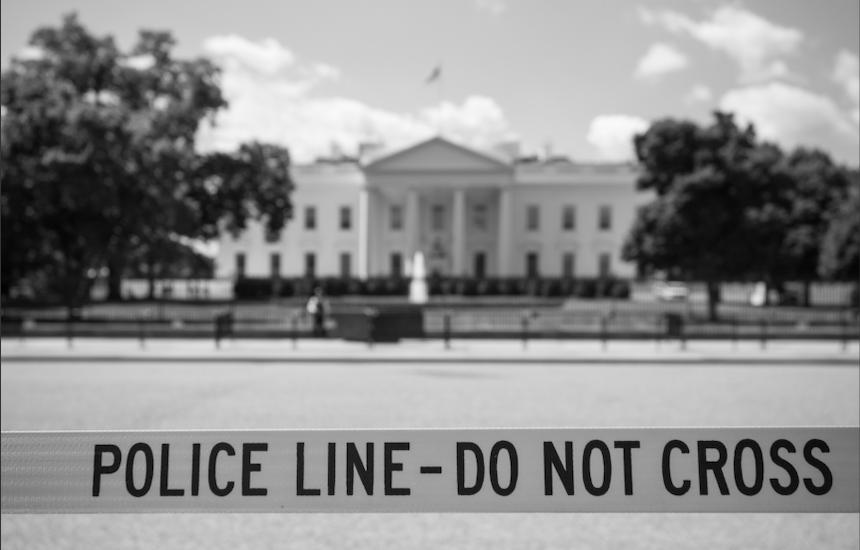This is the sixth in a series of posts about Serial 2, a podcast focused on the war in Afghanistan. It centered around Bowe Bergdahl, and I wrote responses to the podcast for my first semester International Relations major-required course, Introduction to World Politics. We learned about the international state system, and challenges to international politics today.
In episode 6 of Serial 2, narrator Sarah Koenig digs more deeply into primary source accounts from people who were involved in the same missions Bowe was, and with Bowe himself to probe how he arrived at the decision to walk off of OP Mest to FOB Sharana.
When Bowe returns to American hands, he is interviewed at length by General Kenneth Dahl. Dahl was in charge of investigating what Bowe did up until he left OP Mest and writing a report of it for the U.S. Army. The report turns out to be 380 plus pages, according to Bowe, and exhaustively covers what brought him to walk off OP Mest and the major points of what formed the basis of his complaint with the Army and his decision.
This interview by General Dahl is a primary source, which in simple terms means that it is conducted as a original information source on the topic of Bowe’s reasons and story before leaving the OP. It is given by a person who was in person at the event in question, Bowe the soldier, leaving his post. Primary sources can include interviews, questionnaires or surveys, analysis or observations. In episode 6, other primary sources include interviews and conversations with soldiers in Bowe’s platoon, who experienced life in Afghanistan as a U.S. soldier, and were with stationed with him.
The correspondents in Serial use sources like interviews with Bowe’s former friends, such as Jason Fry and Shane Cross to provide insight to Bowe’s habits as a soldier. These interviews shift from providing evidence that from all accounts, Bowe was, in Koenig’s terms, “completely devoted” as a ‘good’ soldier, to the tasks they performed together and observations they had about Bowe prior to his action. Jason describes how Bowe was intentional, studying the Ranger Handbook, which impressed leadership, but also apart from the other soldiers, less engaged in conversation.
At the outset of the episode, the reporters’ use of primary source interviews lays the foundation of the listener’s perspective of Bowe as an active-duty soldier, so that when the interviews begin to cover Omnah, a major point of contention for Bowe and his disillusionment, it’s easier to understand the criteria Bowe is applying to the situation. Additionally, the reporters’ approach with the story, to tighten the scope to his former friends, then zoom out to Omnah, and then back to Bowe and the soldier’s reaction, makes the story more compelling to listen to by giving background information of Bowe, the soldier, providing examples of Bowe’s behaviors and idealism, before refocusing on Bowe, the person.
The reporters also bring in secondary sources to illustrate their points and tell the story. Secondary sources are not first-hand accounts, but are created by someone later, often in research or academic study of primary sources. In this episode, Bowe is a secondary source to the incident with battalion commander Lieutenant Colonel Clint Baker, who dresses down the men after Omnah, yelling about the breakdown of discipline. Soldiers who were present at the time are primary sources, having been in person for Baker’s reaction.
From Serial, I have learned that research is essential to understanding an event, and often leads to more questions as it resolves prior lines of questioning. Research also requires focus, to stay on an idea and not get too tangential, and rigor, to ensure that sources are legitimate and verified. I want to hear more about Omnah and the firefight that ensued, because I think it reveals how out of their element U.S. forces were in Afghanistan, how they did not have reliable intelligence networks, and how the reporters for the podcast chose a lens for each episode. Is there an arc to the storytelling, a purposeful zoom in and out as described by the first episode, or is it a dive slowly coming up to a conclusion, anxious to arrive at a conclusion too quickly and suffer the bends?




